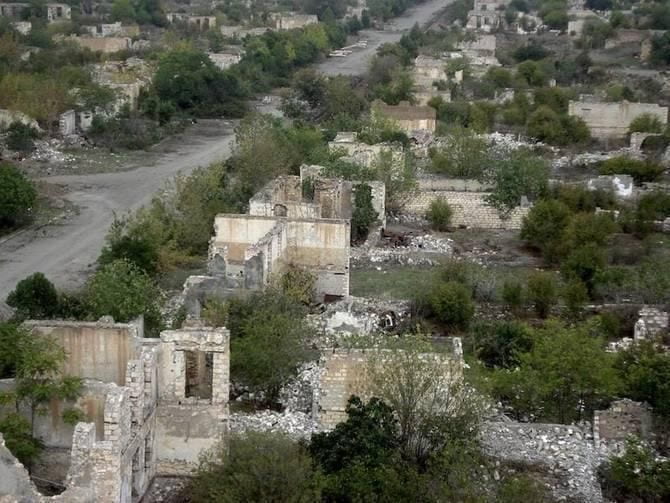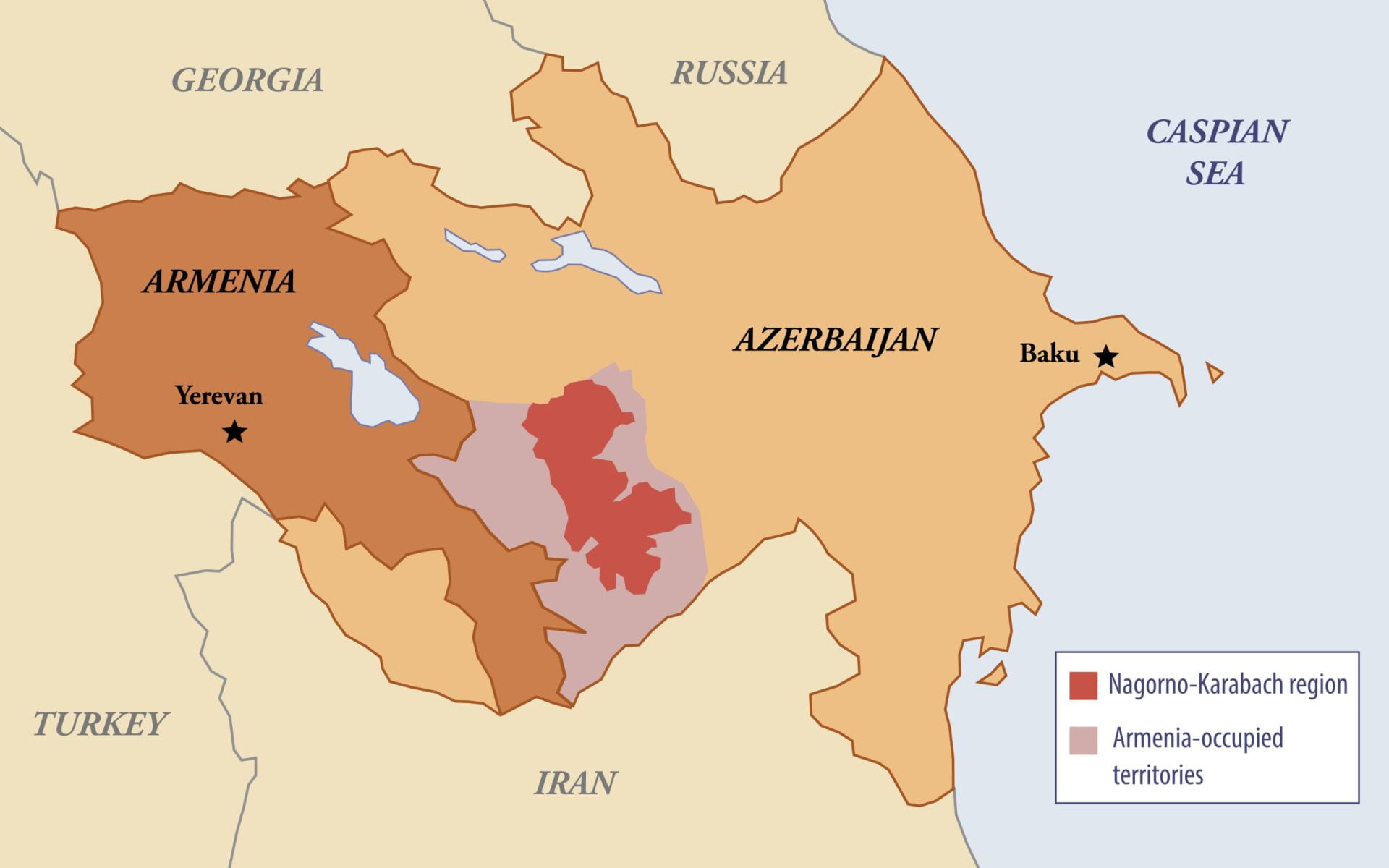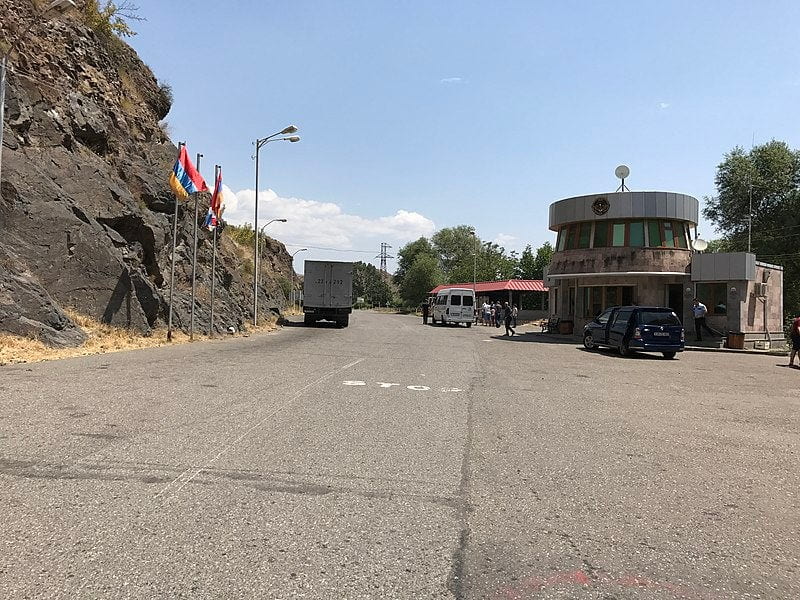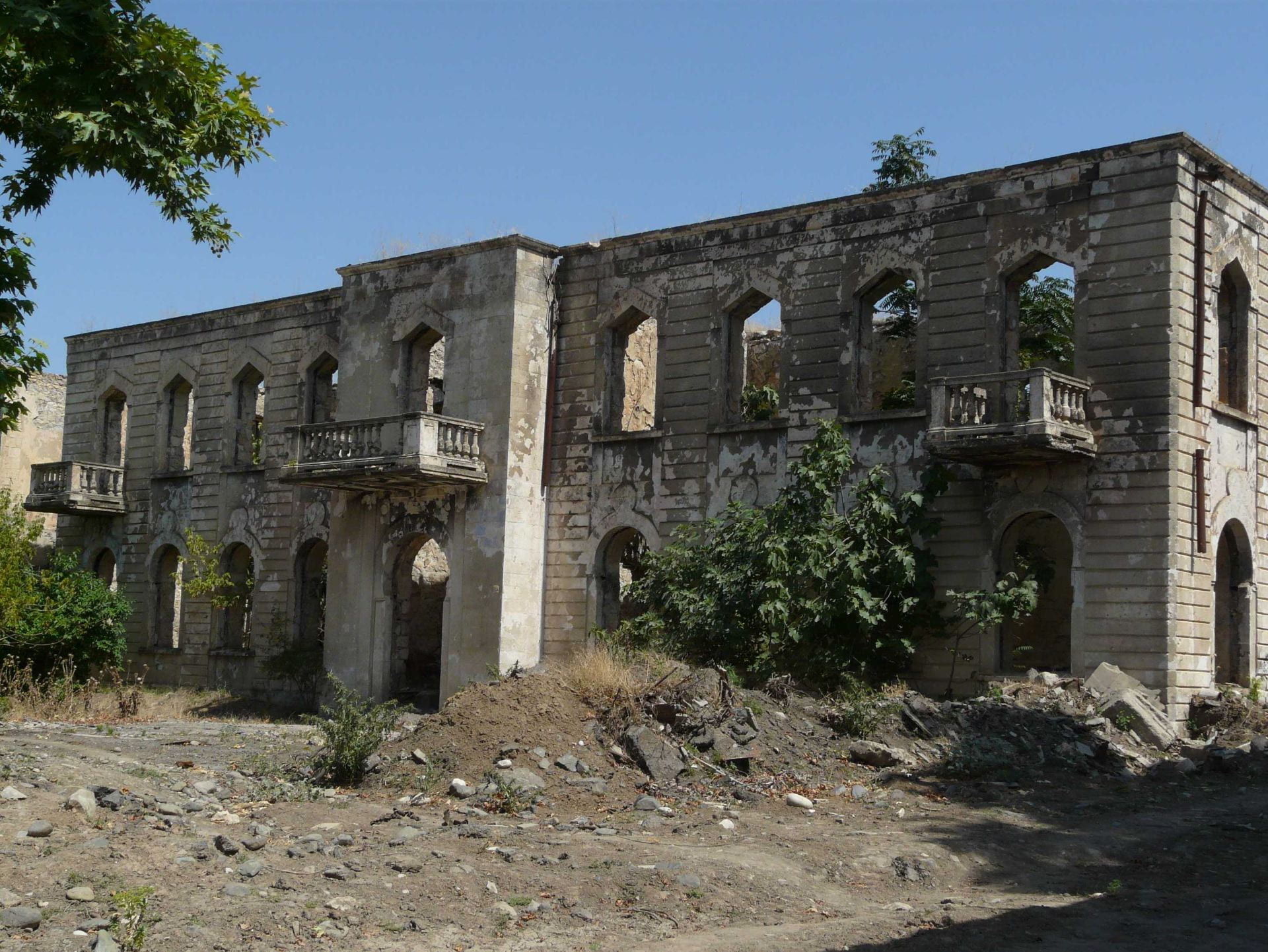by Caitlin Cerillo
A Long History of Conflict
Since the late 1980s and early 1990s, Armenia and Azerbaijan have held political, economic, and territorial tensions. Prior to this, both countries were considered part of the Soviet Union after its formation in 1922. Nestled between the two countries is a region called Nagorno-Karabakh, which has been at the center of these strong tensions.

With the region having an Armenian ethnic majority, it established a secessionist movement in 1988 with the goal of becoming part of the Armenian Republic. This movement was challenged on the basis of the Nagorno-Karabakh region geographically belonging to Azerbaijan and control of the area granted by the Soviets to the Azerbaijani government. Pushback against the region’s secessionist movement would lead to the first violent war fought between the two countries. This would result in a ceasefire, with Armenia maintaining territorial control in 1994.

Tensions Rise Again
Three years ago, the conflict was provoked again, leading to the second Armenian and Azerbaijani War. Once again, these tensions broke out regarding the Nagorno-Karabakh region. Although the first war ended in Armenia’s favor, Azerbaijan claimed victory with the help of its Turkish allies. Similar to the result of the first war, a ceasefire was facilitated by Russia and the two countries. Azerbaijan was promised territorial control of the areas of the Nagorno-Karabakh region it captured in the war, with Armenia agreeing to release control of some areas it previously occupied.
Present-day Attacks in Nagorno-Karabakh
Even today, the conflict has continued to wage on. On December 12, 2022, the Azerbaijani government released troops in the Nagorno-Karabakh region due to a self-proclaimed “anti-terrorist military offensive.” Azerbaijan began by blockading the Lachin corridor, which is the only way Nagorno-Karabakh is connected to Armenia. This blockade weakened the import of food and other resources to the hundreds of thousands living in the region.

With the fear of attacks on loved ones and the reality of ethnic cleansing at the hands of the Azerbaijani government, tens of thousands of Armenians have fled to their home country as of September 2023. As defined by the United Nations, ethnic cleansing is the forced removal of an ethnically homogenous group through intimidation tactics and/or coercive practices. These practices can include—but are not limited to—murder, arrest, displacement or deportation, destruction of property, and severe physical injury to civilians.
Just one example of the devastating attacks of the Nagorno-Karabakh region occurred on September 19 in a village called Sarnaghbuyr. Citizens of the region have undergone extremely poor living conditions and food shortages for nine months due to the Lachin corridor blockage. Zarine Ghazaryan, a mother of four, witnessed explosions from Azerbaijan when searching for baby formula for her youngest child, Karen. Zarine was then told that one of her sons, Seyran, was wounded from the attack, and two, Nver and Mikayel, were killed. Nver and Mikayel were only ten and eight, respectively.
Along with the casualties of innocent civilians, many were witnesses to the murder of others. Arman, a fifteen-year-old, was around other children in the village when the attack occurred. He suffered wounds himself along with having to see the horrific sight of other children being killed and wounded. While the Azerbaijani government has asserted that the attacks were strictly for “neutralizing legitimate military targets,” it has left survivors and human rights experts calling the attack indiscriminate or carried out at random with a carelessness towards the safety of others.
The brutal attacks in the Nagorno-Karabakh region have violated several articles in the Universal Declaration of Human Rights. The rights of the lives of innocent civilians of the involved countries, especially those living in the Nagorno-Karabakh region have not been protected. Families who have chosen to flee to Armenia have undergone extreme hardship, with the Armenian border being backed up causing the postponing of the safe arrival of refugees. Human rights organizations, like Human Rights Watch, have called on the Azerbaijani government for the guarantee of those who have fled Nagorno-Karabakh’s return if they choose to do so. Human Rights Watch has also asserted that the Armenian language, culture, and education must be preserved and protected, without discrimination. Those who choose against returning to the region, should receive monetary reparations and the safe retrieval of any goods or property left after fleeing should be carried out as soon as possible.
Helping Nagorno-Karabakh
There have been several measures taken to help those affected. This includes humanitarian aid in the form of financial assistance, response plans, and more. In 2021, the United Nations created the Armenia Inter-Agency Response Plan. The purpose of this plan was to bring together humanitarian partners who were dedicated to helping the people of Nagorno-Karabakh. The plan outlined the highest priorities of aid and the ways in which the resources could be allocated the most efficiently. Through the Armenia Inter-Agency Response Plan, over 34,000 non-food resources were delivered to the region by UN agencies and over 11,000 school-age children were assisted in their education, among other things. In September 2023, the European Union funded 5 million euro to the Nagorno-Karabakh region, with an additional 4.5 million euro to help the displaced population and those who are still living in the region and vulnerable to violence and hostility.

